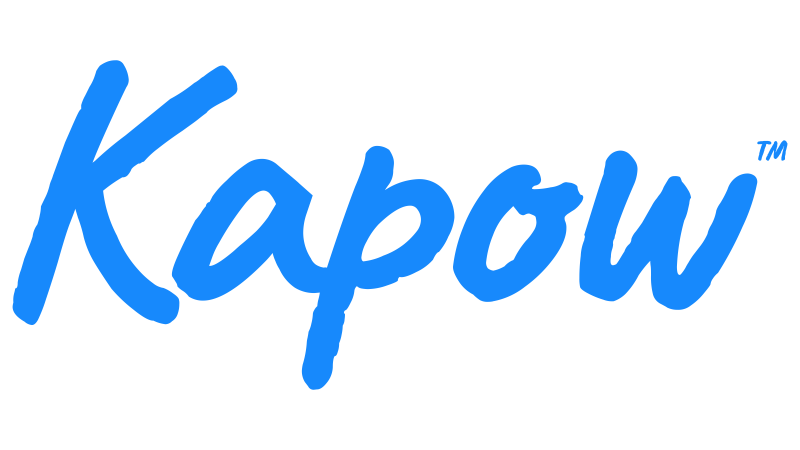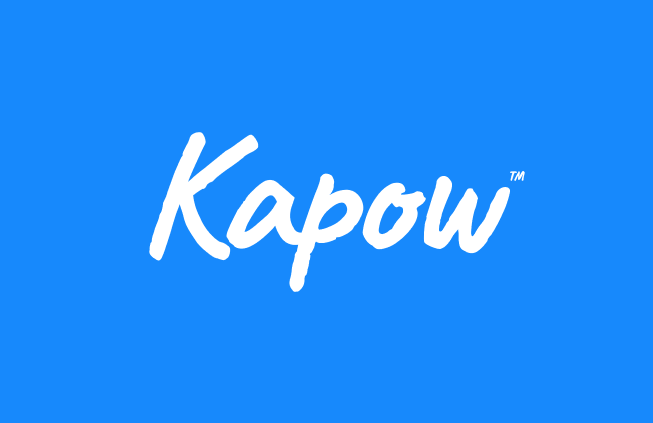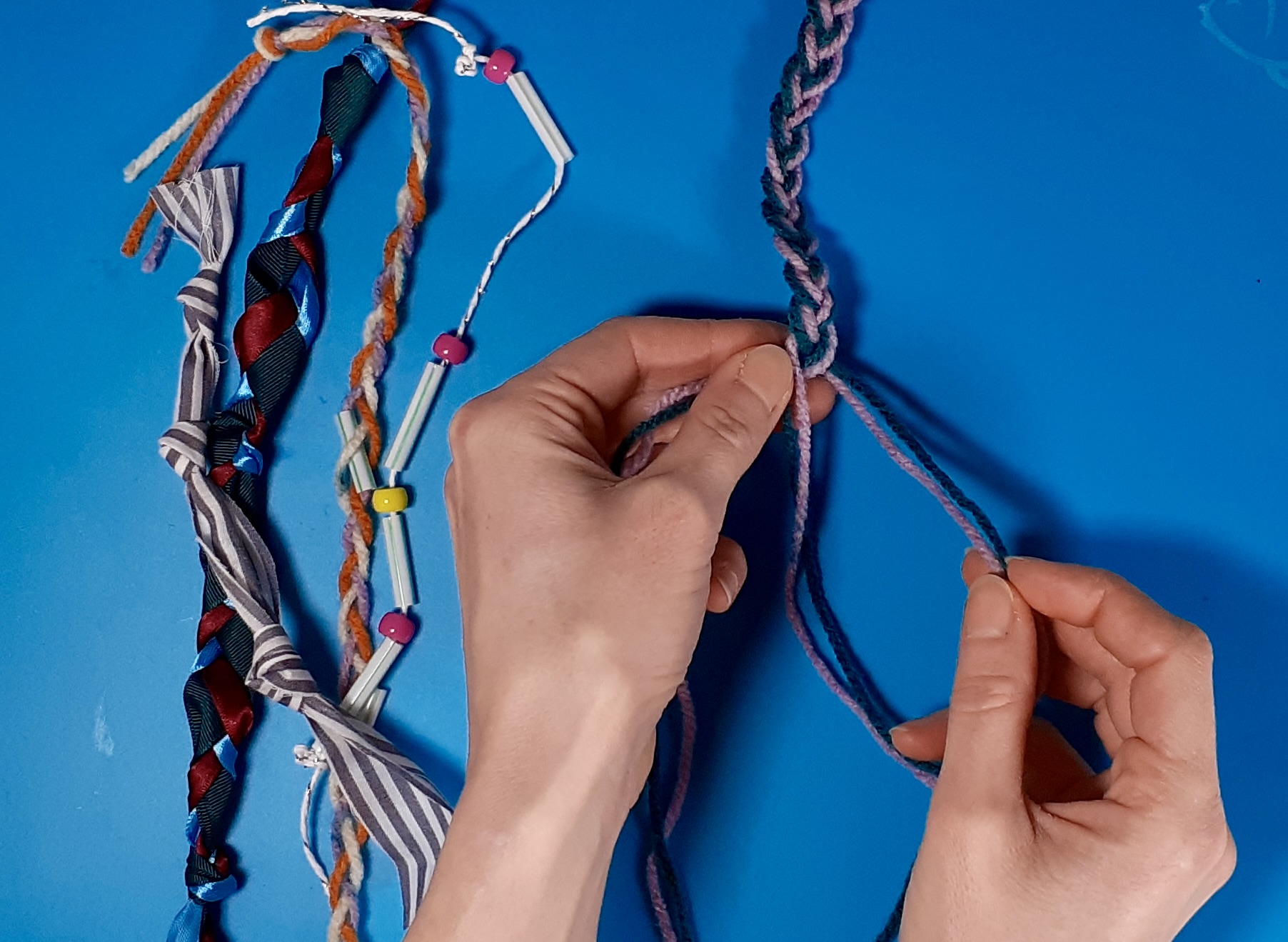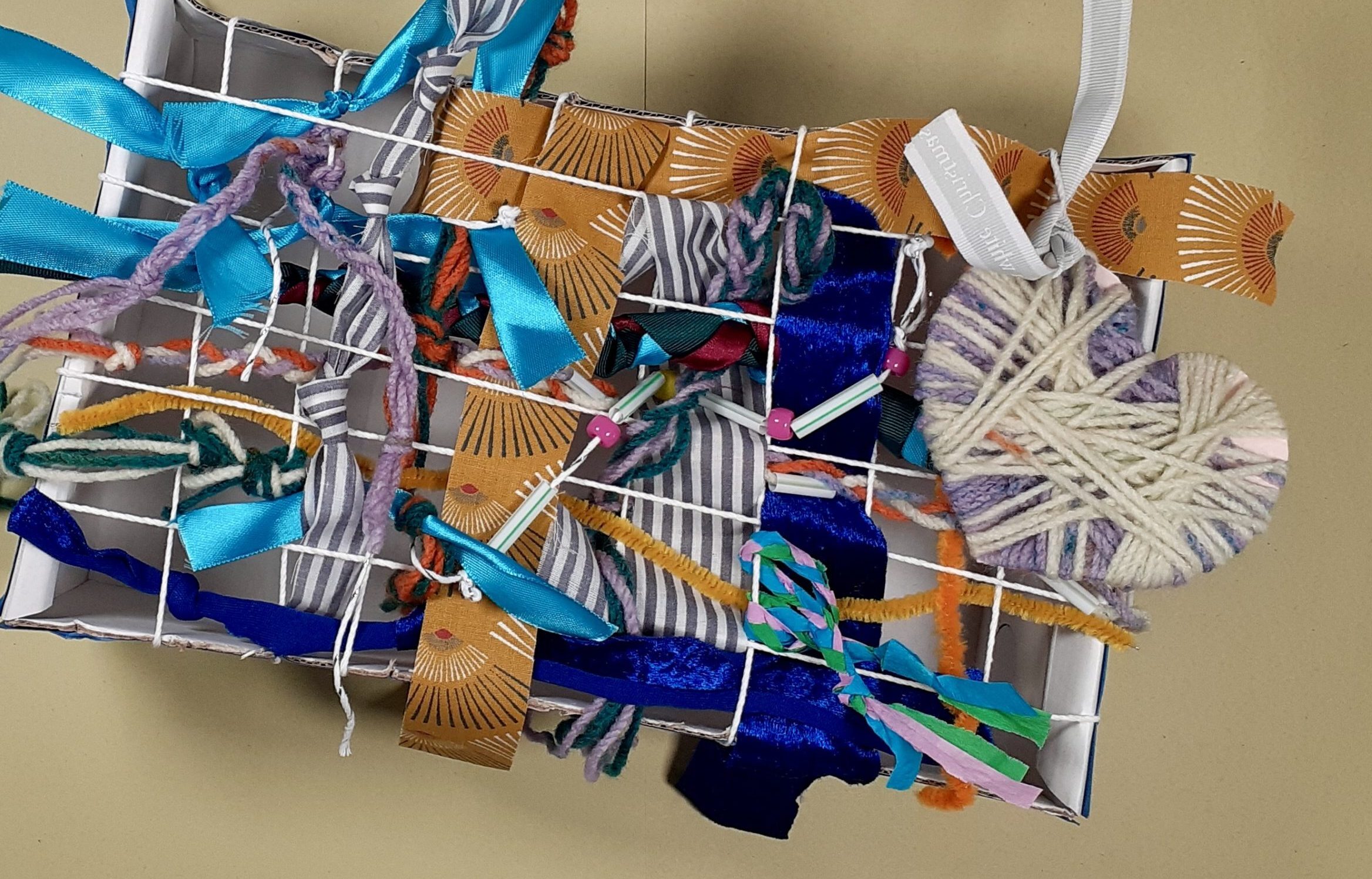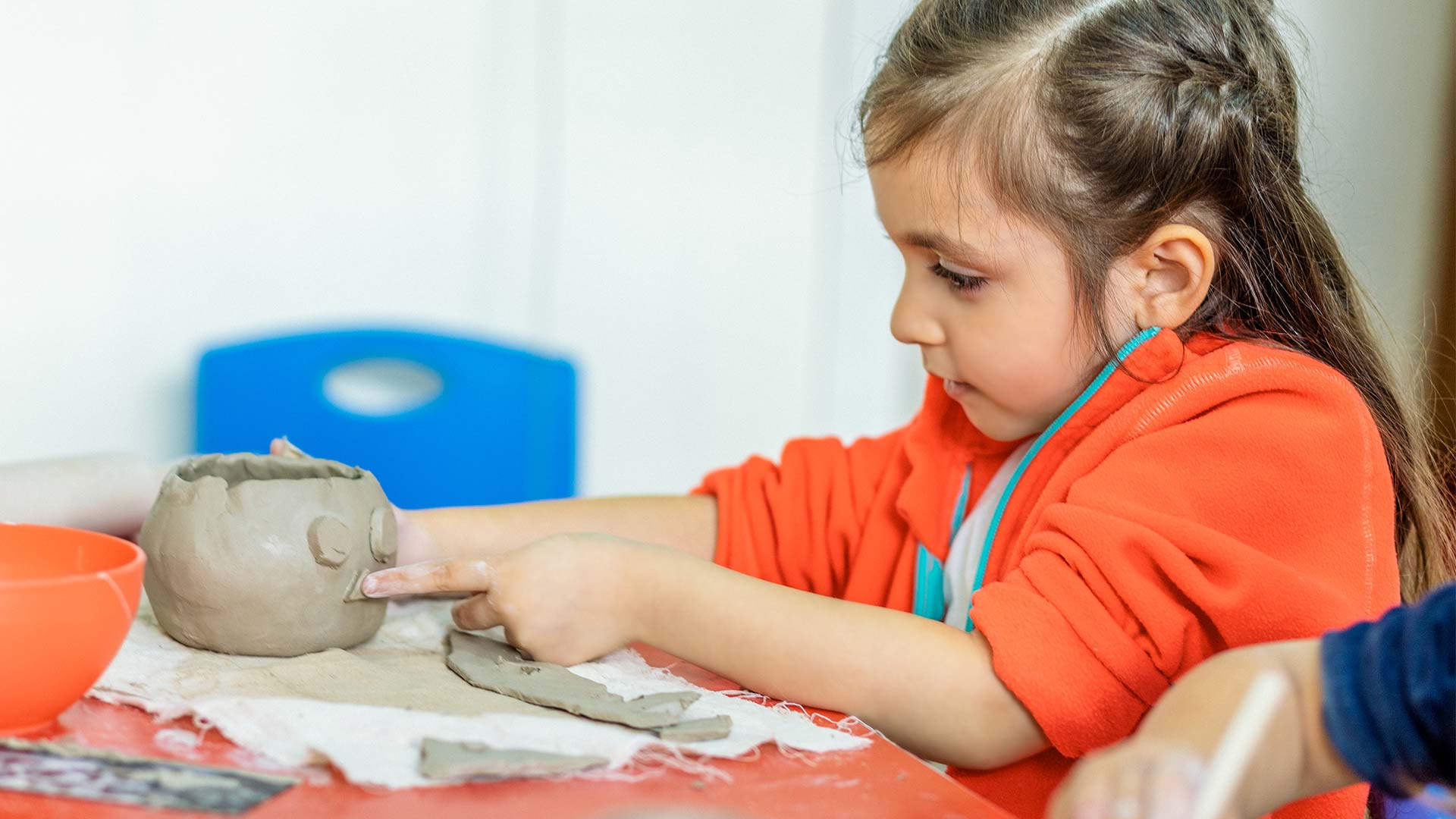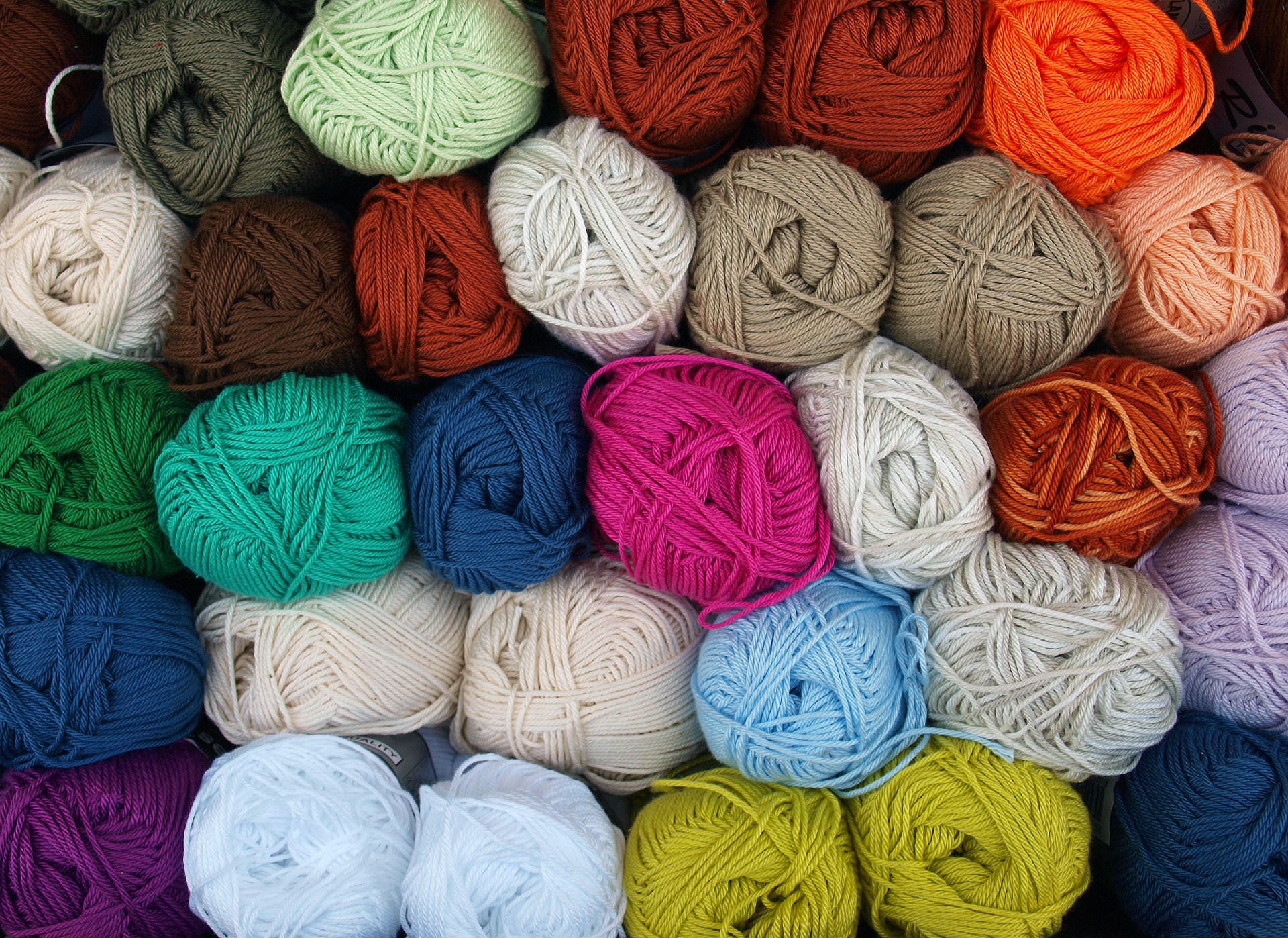Learning intention
- To learn how to weave.
Success criteria
- I can identify a plait, a knot and
This content is for subscribers only. Join for access today.
Cambridge Primary Art & Design (0067) Learning objectives
Experiencing
E.02 Explore media,
This content is for subscribers only. Join for access today.
Before the lesson
This content is for subscribers only. Join for access today.
Lesson plan
Recap and recall
This content is for subscribers only. Join for access today.
Extended-mode explainer videos
How to extend your display to view the lesson page and preseantion mode simultaneously. Choose your operating system below to watch the video
If you need further support with extending your display,
please contact [email protected].
Differentiation
Learners needing support:
- Could weave on a larger scale with A3 card and cut the weft strips to 3 cms.
- Could work n mixed-ability groups, so the more confident learners can help the less confident learners.
Learners working at a stretch:
- Could cut their warp strips using a ruler and pencil to draw lines first.
- Should think about the weft strip colours they choose and how these can work together to create patterns.
- Could cut their weft strips by ruling lines first and making the strips the thickness of a ruler.
- Should explain their ideas in more detail when comparing their work to Cecilia Vicuña’s work.
This content is for subscribers only. Join for access today.
Assessing progress and understanding
Learners with secure understanding can:
- Identify key features of Cecilia Vicuña’s
This content is for subscribers only. Join for access today.
Vocabulary definitions
-
weaving
Crossing over threads at right angles to make cloth or artwork.
-
warp
The up-and-down threads that stay still when weaving.
This content is for subscribers only. Join for access today.
In this unit
Lesson 1: Is it art?
Lesson 2: Wool wrapping
Lesson 3: Exploring thread
Lesson 4: Warp and weft
Lesson 5: Fibre art
